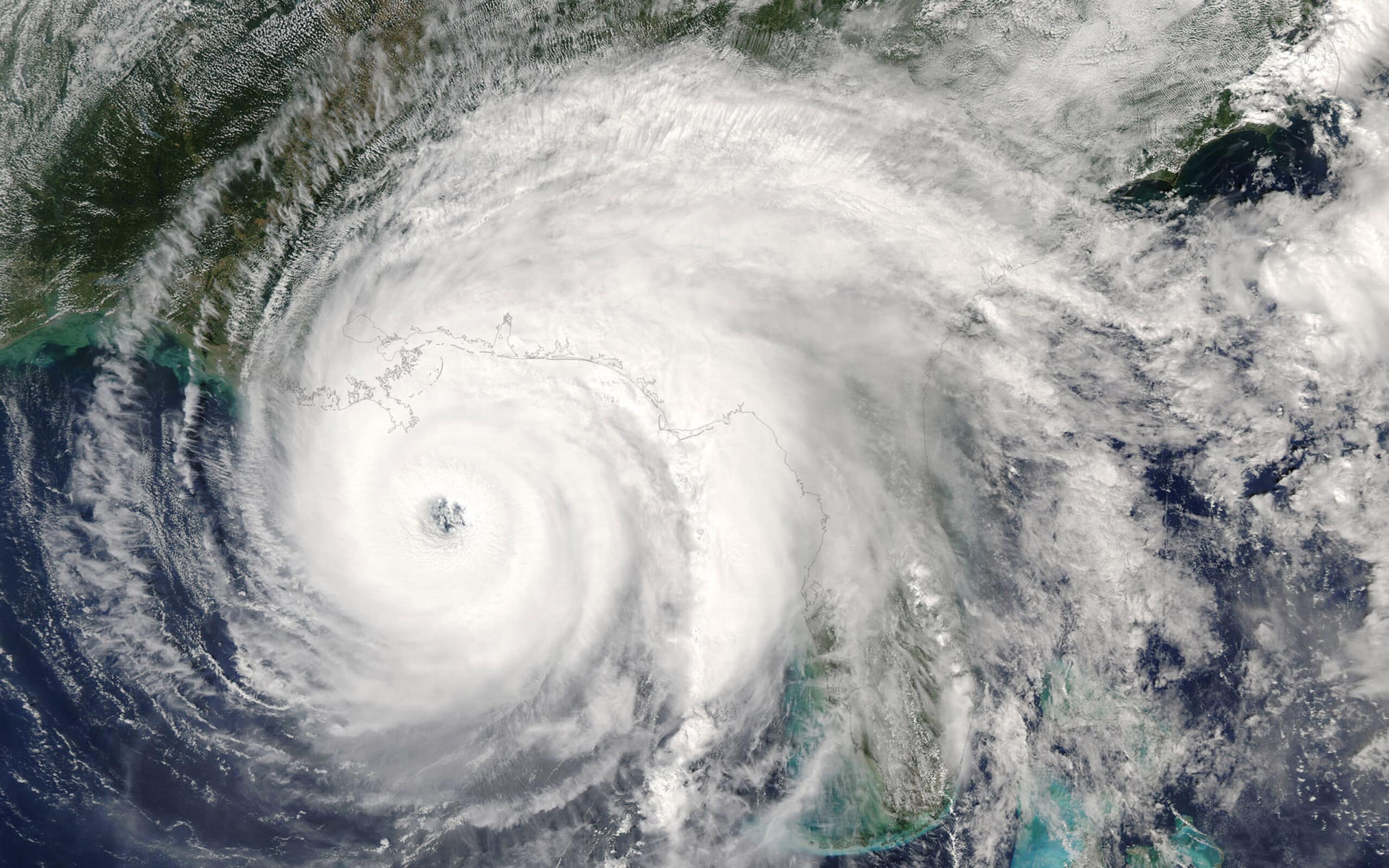Peak hurricane season has officially begun. Once again, the National Oceanic and Atmospheric Administration (NOAA) predicts above-average levels of storm activity this year. Although there’s no way to predict where and when inclement weather may strike, shippers can and should prepare for transportation and warehouse contingencies.
About Hurricane Season and Supply Chains
This year looks particularly active on the weather front. Hurricane season spans from June through November every year, with September being the most active month. However, this year, NOAA estimates 15 to 21 named storms, as compared to the average 12. If the estimate is correct, this year will be the sixth in a row with higher-than-average tropical storm activity.
2020 was the most active hurricane season on record and, at $95 billion, the fifth most costly. The costliest year was 2017—the year Harvey, Irma, and Maria struck Houston and Florida—with a price tag of $306 billion. The difference? The lasting disruption Harvey and Irma caused when they hit industrial areas triggered weeks of tight capacity and rate spikes.
Tips for Preparing Supply Chains for Hurricane Season
Shippers know that inclement weather is an inevitable part of logistics. Fortunately, good contingency planning mitigates many problems. Following these transportation and warehousing tips can help:
1. Access a strong carrier network
Choosing a third-party logistics (3PL) provider with a strong carrier network can deliver agility, scalable capacity, and reliable coverage in a tight-capacity market. Capstone, for example, offers ad hoc capacity to help with overflow needs, recovery loads, and demand surges.
2. Ensure 24×7 visibility
Make sure your carriers have tracking capabilities in place to ensure clear visibility at all times and at all points in your supply chain during hurricane season. Consider choosing a FourKites Premier Carrier to ensure the carrier meets the highest standards of visibility performance and consistently delivers accurate data.
3. Take advantage of mini-bids
If a significant storm like Harvey or Irma impacts a region for an extended period of time, capacity will tighten, and carriers will begin to reject loads. Mini-bids can help shippers avoid expensive spot market rates by enabling opportunities to re-assess and renegotiate transportation spending based on changing market dynamics in specific areas of a freight network. Capstone runs mini-bids on a weekly, monthly, or quarterly basis, focusing on new or existing lanes. Shippers or 3PLs can host their own mini bids with RFP hosting technology like Logistical Lab’s BidDex, which streamlines and automates the bid process to make mini bids quick and easy.
4. Contingency labor
Extreme weather can force warehouses and fulfillment centers to temporarily shut down, requiring other distribution centers to take the overflow. Contingency labor like Capstone’s Tactical Operations teams can help meet unexpected volume increases. Capstone’s size, strategic locations across the U.S., and flexible coverage of diverse verticals enable rapid deployment of specialized temporary labor to your warehouse—in days instead of weeks.
5. Facility preparations
A well-prepared facility can mitigate many weather-related risks. Equip warehouses with a solar-powered or robust generator system that can power your facility without electricity for up to two weeks. Ensure proper drainage in parking lots and on the property to avoid flooding. And weatherize facilities with equipment such as weather seals, dock shelters, and insulated door blankets designed for inclement weather conditions.
Your Logistics Partner for Hurricane Season
Hurricane season is a fact of life for the transportation and logistics industries, but working with a trusted 3PL can reduce your risks and help you weather the effects. Contact us to learn more about mini-bids, contingency labor, and other ways Capstone Logistics can help you bolster your supply chain and prepare for the tropical storms ahead.

